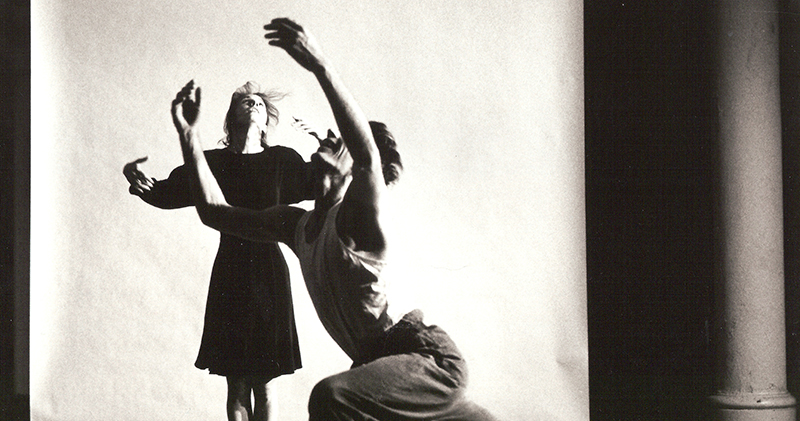 |
| Home | About Us | Current Projects | Choreographic Works | Teaching | Press | Video | Contact Us | |||||||||||||||
 |
photo by Mary Gearhart, dancer Donald Fleming |
| STATEMENT OF TEACHING PHILOSOPHY |
| The Students: In my classes, I treat the students as adults, responsible for their own decisions, attitudes and choices. As someone who worked for many years as a professional choreographer, I found that by establishing mutual respect in the studio and treating each person with dignity and respect as adults from the onset became a fundamental key to creating a rich creative and learning environment. Students are given clear instructions, outlines, and deadlines far in advance. By being treated students as adults rather than as children who must be constantly monitored, they begin to become responsible for their actions which will serve them well in the real world. |
| Students are given challenges in my three key teaching areas, choreography, improvisation and technique. The demands placed on them are clearly defined from the beginning with large doses of encouragement along the way. I spend a great deal of time with each student personally, rotating those “in the front” with others, more shy, who desperately need attention as well. I also teach how to handle mistakes. The inherit “perfectionism” in dance is another area I address with students as well. I teach students to absorb, recover and shine even brighter after making “mistakes” |
| The Work: In the teaching of technique, improvisation and choreography, first and foremost, I teach my students to trust in the PROCESS; to trust in the body and to trust in the creative process. I teach, discuss, and advocate for the full use of “creative intelligence” a phrase now widely used in the business world as they begin to recognize the benefits of our other cognitive facilities in the area of creative problem solving. |
| I combine rigor and exhilaration in the classes, and have students achieve a level of precision that can then be so called “abandoned.” I work towards students becoming honestly confident in their own skin, free to inquiry and investigate; unencumbered by preconceived notions. Also, I try different methods to help students to begin to dance from the “inside out”; to help them connect their minds, bodies and souls to their dancing and choreography. |
| In terms of results, one tool I like to use in the classroom when discussing choreographic work is Liz Lerman’s “Critical Response.” I believe that the ideas outlined in Lerman’s book are pro-active in that they help students hone their critical faculties, find language to express themselves, learn to become a team player, and ultimately learn to respond to the world around them rather than react. |
| The World: Once a dancer leaves my classroom, I want them to be fully aware of how they are connected in the world and to the world. The what, where and why of their dance education will be firmly rooted in a historical-social context meaning, they will know history and they will know philosophy. They will know science and they will know politics. They will combine practice with theory, they will connect with the real world. While encouraging the purity of free expression and inquiry, I aim to help students link this with real life skills and practical goals. |
| back to top |